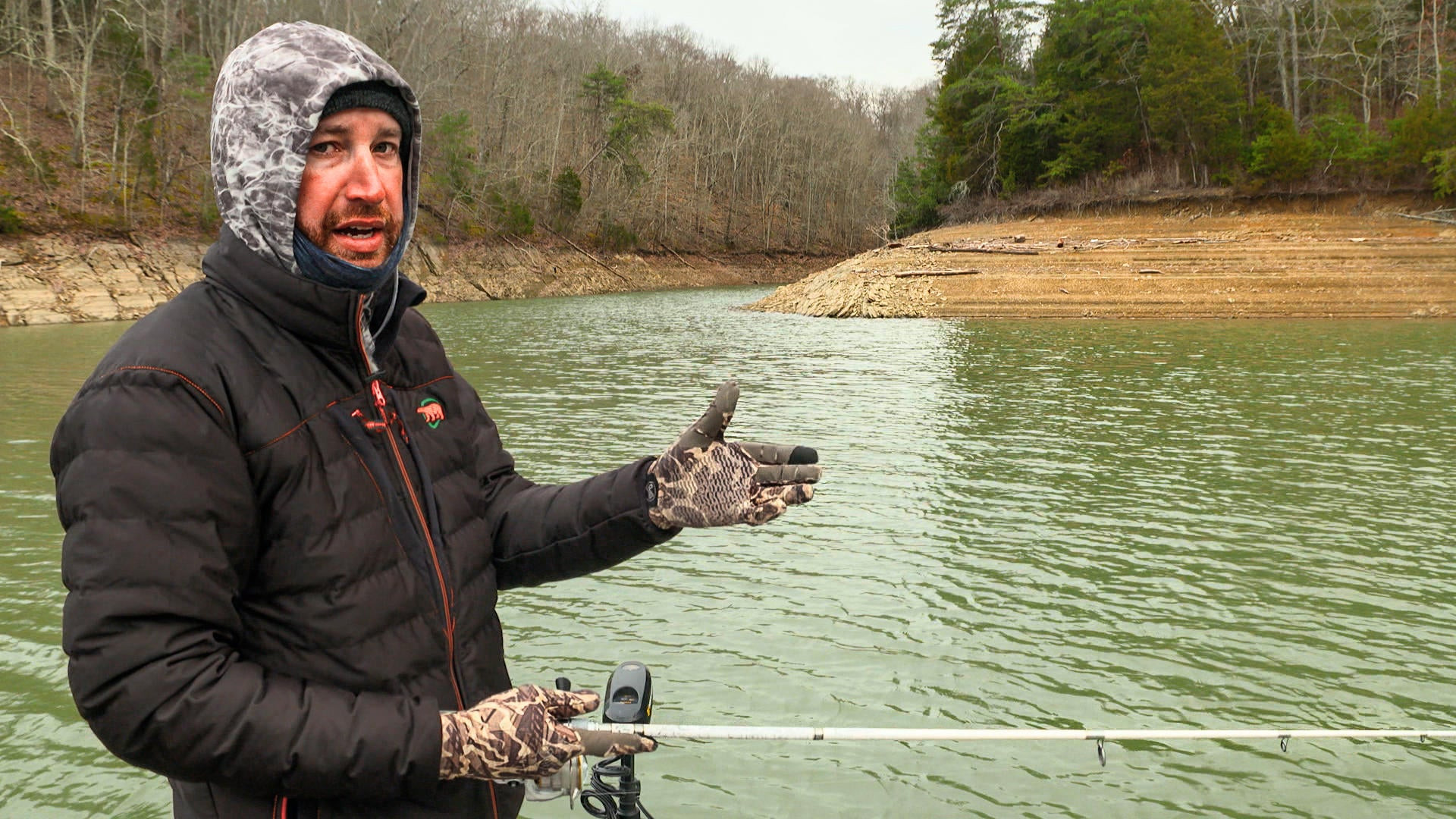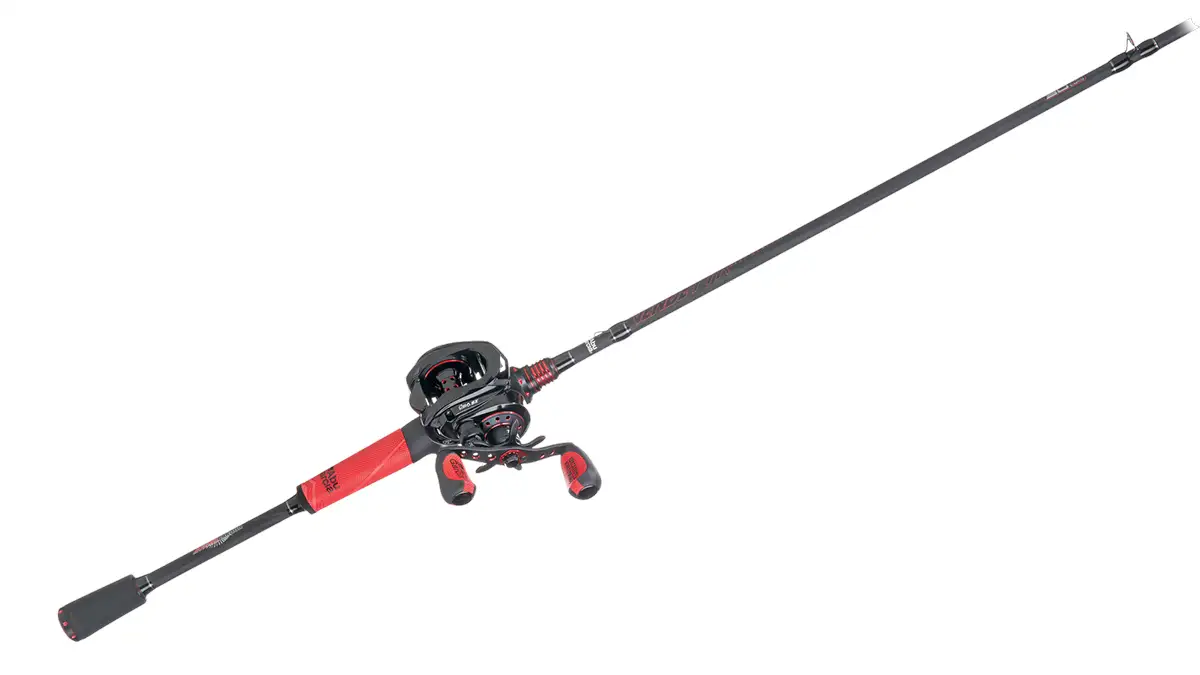Ott DeFoe grew up bass fishing heavily-pressured highland reservoirs like Douglas and Cherokee Lakes, where seemingly covering similar looking rocky banks with a crankbait was required to find subtle irregularities to be successful. DeFoe goes into great detail on finding and patterning winter and prespawn bass on highland reservoirs using the naked eye in conjunction with electronics and balsa crankbaits like the Rapala Shad Rap as a tool to cover water cast and trigger bites.
When it comes to finding bass in rock lakes, DeFoe draws a useful comparison to grass lakes. He treats transition zones between different rock types and rock and sediment (e.g., where veins of slate meet pea gravel or sand) as key ambush areas similar to grass lines. Additionally, wind-induced mudlines form temporary edges that function the same. When you catch a bass, make detailed notes on depth, rock type, and location (i.e., main river channel, primary or secondary creeks) to establish a pattern. As with many lakes, windblown shorelines are usually the most productive.
DeFoe’s history fishing the Rapala Shad Rap dates back to the beginning of his fishing career. Few baits imitate shad in cold water better than the subtle yet lively flash and roll of this balsa bait. DeFoe shares his go-to Shad Rap sizes and top 3 colors. He also details his spinning rod setup for maximizing casting distance and hookups. Despite lacking grass, woody cover like laydowns, stumps, and brush are a common fixture on many highland reservoirs. He adds a versatile flipping and pitching jig to the mix when he approaches isolated woody cover.
TACKLE USED
- Rapala Shad Rap Crankbait, No. 5 – No. 8 (Crawdad, Silver, Shad)
- VMC 7547 Hybrid Treble Hook, No. 6
- Terminator Pro Series Jig
- Humminbird MEGA 360 Imaging
- Humminbird HELIX 12 CHIRP MEGA SI+ GPS G4N
- Minn Kota Ultrex Trolling Motor
- Bass Pro Shops Johnny Morris CarbonLite 2.0 Spinning Rod
- Bass Pro Shops Johnny Morris Carbonlite 2.0 Spinning Reel
- Bass Pro Shops XPS KVD Signature Series 100% Fluorocarbon Fishing Line












